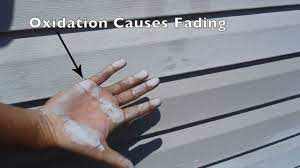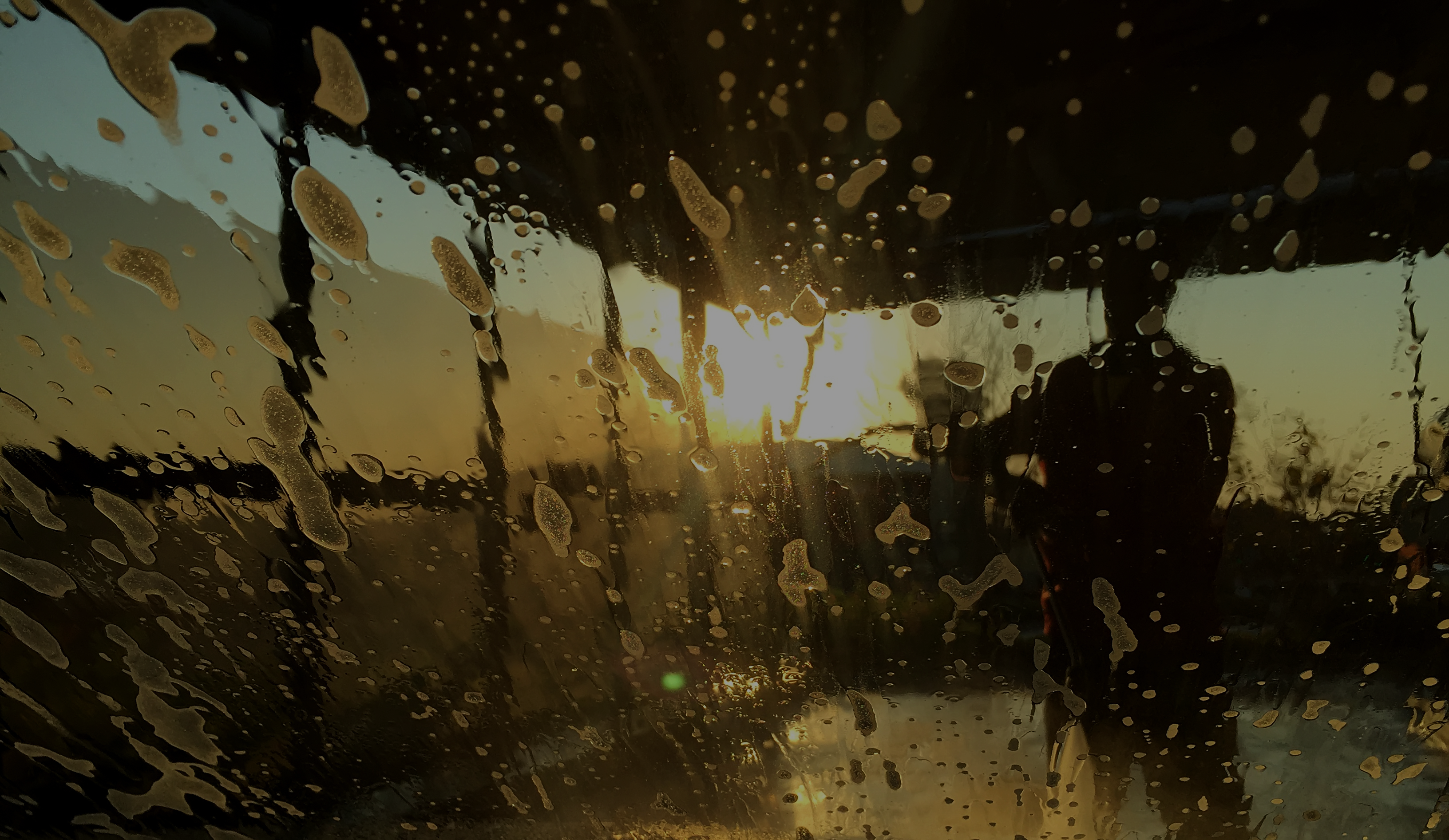09 Jun Oxidation on Your Home: Causes, Effects, and Effective Treatment
Your home is subjected to various external factors that can cause damage over time. One common issue that homeowners face is oxidation. Oxidation not only affects the appearance of your home but can also lead to structural damage if left untreated. In this blog post, we will explore what oxidation is, where it comes from, the surfaces it affects, the consequences of using pressure on oxidation, and effective treatment options for combating this problem.
What is Oxidation? Oxidation is a chemical process that occurs when certain materials react with oxygen in the air or other oxidizing agents. It often manifests as a gradual breakdown or deterioration of surfaces, resulting in discoloration, rust, or corrosion. The process of oxidation involves the transfer of electrons, leading to chemical changes in the affected material. Understanding the causes and effects of oxidation is crucial in preserving the aesthetic appeal and structural integrity of your home.
Sources of Oxidation (Word Count: 170) Oxidation can be triggered by various factors. Here are some common sources:
- Moisture and Humidity: Exposure to moisture and high humidity levels accelerates oxidation. Water molecules provide oxygen necessary for the oxidation process.
- Airborne Pollutants: Pollutants such as sulfur dioxide, nitrogen dioxide, and carbon monoxide released by industrial emissions, vehicle exhausts, and even natural sources can contribute to oxidation.
- UV Radiation: Ultraviolet (UV) radiation from the sun can break down protective coatings and accelerate oxidation on exposed surfaces.
Surfaces Affected by Oxidation (Word Count: 180) Oxidation can impact a wide range of surfaces around your home. Here are some common areas susceptible to oxidation:
- Metal Surfaces: Metals, including aluminum, steel, and iron, are highly prone to oxidation. Rusting and corrosion are common signs of oxidation on metal surfaces.
- Exterior Paint and Coatings: Over time, oxidation can cause paint to fade, peel, or develop a chalky appearance. Coatings like varnish and sealants can also deteriorate due to oxidation.
- Concrete and Masonry: Concrete structures, such as driveways, pathways, and walls, can be affected by oxidation. This can result in discoloration, cracks, and crumbling.
Adding Pressure to Oxidation (Word Count: 160) When it comes to treating oxidation, the use of pressure washers or soft wash systems needs to be carefully considered. Applying high pressure to surfaces affected by oxidation can worsen the damage. The forceful water spray can remove protective coatings, exacerbate existing corrosion, and even cause water to seep into vulnerable areas.
Effective Treatment for Oxidation : To effectively treat oxidation and restore the beauty of your home, consider the following approaches:
- Soft Washing: Soft washing is a gentle yet effective cleaning method that uses low-pressure water and specialized eco-friendly cleaning solutions to remove oxidation, dirt, and grime. This approach is ideal for delicate surfaces such as painted walls, stucco, and roofs.
- Surface Preparation: Before applying any protective coatings or sealants, it is crucial to prepare the surface properly. This may involve cleaning, sanding, or using chemical treatments to remove existing oxidation and ensure a smooth, clean substrate.
- Protective Coatings: Applying protective coatings or sealants can help safeguard surfaces from future oxidation. These coatings act as a barrier against moisture, UV radiation, and other environmental factors. They also enhance the visual appeal and longevity of the treated surfaces.
Oxidation is a common issue that plagues homeowners, causing aesthetic deterioration and potential structural damage to their homes. Understanding the causes and effects of oxidation is essential in addressing this problem effectively.
Moisture, humidity, airborne pollutants, and UV radiation are primary sources of oxidation. These factors can impact various surfaces, including metals, exterior paint, coatings, and concrete. It is crucial to identify the affected areas and take appropriate action to prevent further damage.
When it comes to treating oxidation, caution must be exercised when using pressure washers or soft wash systems. High-pressure water can exacerbate existing corrosion, strip protective coatings, and potentially cause more harm. Therefore, alternative methods like soft washing should be considered.
Soft washing involves the use of low-pressure water and specialized cleaning solutions to gently remove oxidation, dirt, and grime from surfaces. This method is particularly suitable for delicate surfaces like painted walls, stucco, and roofs, as it minimizes the risk of causing additional damage.
However, treatment for oxidation doesn’t stop at cleaning. Proper surface preparation is crucial before applying any protective coatings or sealants. This may involve thorough cleaning, sanding, or using chemical treatments to remove existing oxidation and create a clean, smooth substrate. Adequate surface preparation ensures the longevity and effectiveness of subsequent protective measures.
Protective coatings and sealants play a vital role in preventing future oxidation. These products create a barrier against moisture, UV radiation, and other environmental factors that contribute to oxidation. By applying these coatings, you can enhance the appearance and durability of surfaces, while also prolonging their lifespan.
In conclusion, oxidation is a persistent problem that affects various surfaces in and around your home. Understanding its causes, effects, and appropriate treatment methods is essential for maintaining the visual appeal and structural integrity of your property. Soft washing, surface preparation, and the application of protective coatings are effective approaches to combat oxidation and restore the beauty of your home. By taking proactive steps to address oxidation, you can ensure a well-maintained and long-lasting living environment.



